
Texas is a haven for bird enthusiasts, offering diverse species due to its unique location between North America and Mexico, making it a key migration route.
1.1 Bird Diversity in Texas
Texas boasts an incredible variety of bird species, with over 600 documented types. The state’s unique location between North America and Mexico creates a melting pot of avian life. From vibrant hummingbirds to majestic raptors, Texas offers habitats that support both native and migratory birds. The diversity is further enriched by its vast landscapes, including forests, grasslands, and coastal wetlands, attracting species like songbirds, waterfowl, and shorebirds. This richness makes Texas a paradise for birders and naturalists alike, providing endless opportunities for observation and study.
1.2 Importance of Bird-Watching in Texas
Bird-watching in Texas is not only a popular recreational activity but also plays a vital role in conservation and education. It fosters a deeper connection with nature, encouraging people to appreciate and protect local ecosystems. By observing birds, enthusiasts gain insights into environmental health and biodiversity. Birding also supports ecotourism, contributing to local economies while promoting the conservation of habitats. This hobby inspires stewardship, making it a powerful tool for safeguarding Texas’s rich avian heritage for future generations.
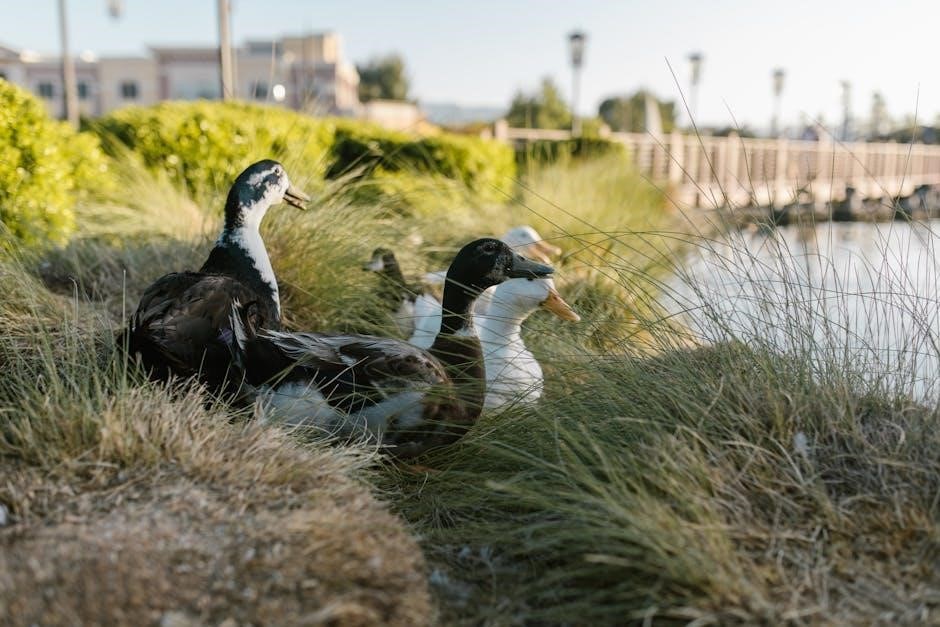
Bird Identification Tips
Bird identification in Texas relies on plumage, size, shape, and behavior. Observing bird calls and using field guides organized by color can enhance accuracy.
2.1 Visual Identification: Plumage, Size, and Shape
Visual identification of Texas birds focuses on plumage details, size, and shape. Plumage variations, such as color patterns and feather textures, help distinguish species. Comparing bird sizes relative to familiar species aids accurate identification. Distinctive shapes, like beak form or tail length, are also key. Observing these traits in the field, combined with habitat clues, enhances identification accuracy. Field guides often organize birds by these visual features, making them indispensable tools for birders.
2.2 Bird Calls and Vocalizations
Bird calls and vocalizations are essential for identification, especially when visual sightings are challenging. Each species produces unique sounds, from melodious songs to distinct chirps or whistles. Experienced birders often recognize species by their calls alone. Some birds mimic other species or environmental noises, adding complexity. Understanding these vocalizations enhances birding experiences and aids in accurate identification. Learners can use field guides with audio samples or birding apps to familiarize themselves with these sounds, improving their ability to detect and identify birds effectively in the field.
Bird Migration Patterns
Texas is a critical stopover for migratory birds, with millions traveling through annually. Its location between North America and Mexico makes it a vital rest and refueling point.
3.1 Seasonal Migration in Texas
Texas experiences vibrant seasonal bird migrations, with spring and fall being peak periods. Millions of birds pass through, including warblers, tanagers, and raptors, seeking refuge and food. Key stopover points like Smith Oaks Bird Sanctuary and the Texas Gulf Coast provide essential habitats. The state’s unique location between North America and Mexico makes it a critical corridor for species like the ruby-throated hummingbird and the American golden-plover. These migrations highlight Texas’s vital role in global bird conservation and offer breathtaking opportunities for birders to observe diverse species.
3.2 Key Migration Routes and Stopover Points
Texas is a critical migration corridor, with the Central and Mississippi Flyways converging over the state. Key stopover points include the Gulf Coast, particularly around Galveston and Houston, where birds rest and refuel. The Rio Grande Valley is another vital area, attracting species like warblers, tanagers, and hummingbirds. These habitats provide essential resources for migratory birds, ensuring their survival during long journeys. Protecting these stopover points is crucial for maintaining healthy bird populations and supporting global migration patterns.
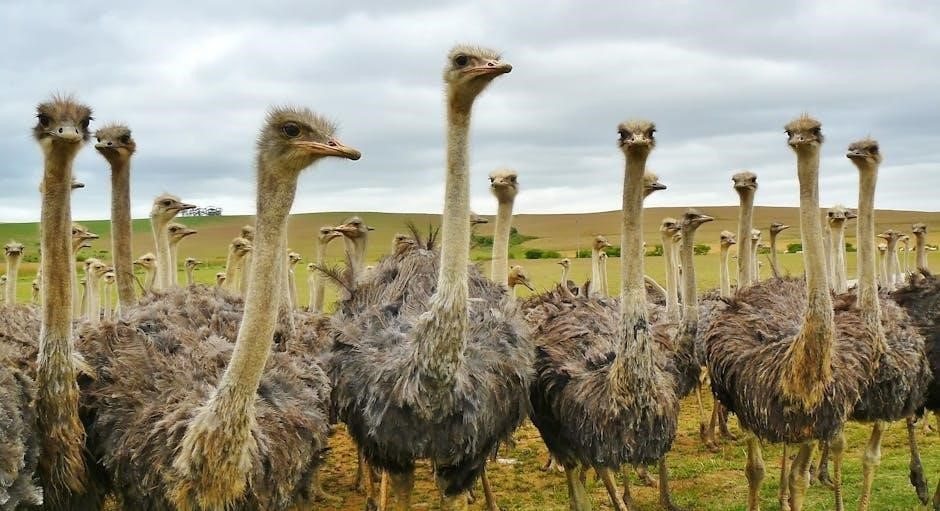
Common Bird Species in Texas
Texas hosts over 600 bird species, including the Northern Cardinal, Western Meadowlark, and Great Egret. A field guide helps identify these diverse birds by color and habitat.
4.1 Year-Round Residents
Texas is home to many bird species that remain year-round, adapting to its diverse climates. The Northern Cardinal, Western Meadowlark, and Great Egret are common residents. These birds thrive in Texas’s varied habitats, from urban gardens to coastal wetlands. Their ability to adapt to changing seasons ensures their presence throughout the year. Field guides often highlight their distinctive plumage and behaviors, making them easily identifiable for birders. These year-round residents contribute to the rich avifauna of Texas, offering consistent sightings for enthusiasts.
4.2 Rare and Endangered Species
Texas is home to several rare and endangered bird species, such as the Whooping Crane and the Black-capped Vireo. These birds face threats like habitat loss and climate change, making conservation efforts crucial. The Whooping Crane, one of the rarest birds in the world, migrates through Texas annually. The Black-capped Vireo, once nearly extinct, has seen population growth due to restoration projects. Protecting these species requires targeted initiatives to preserve their habitats and reduce environmental pressures, ensuring their survival for future generations.
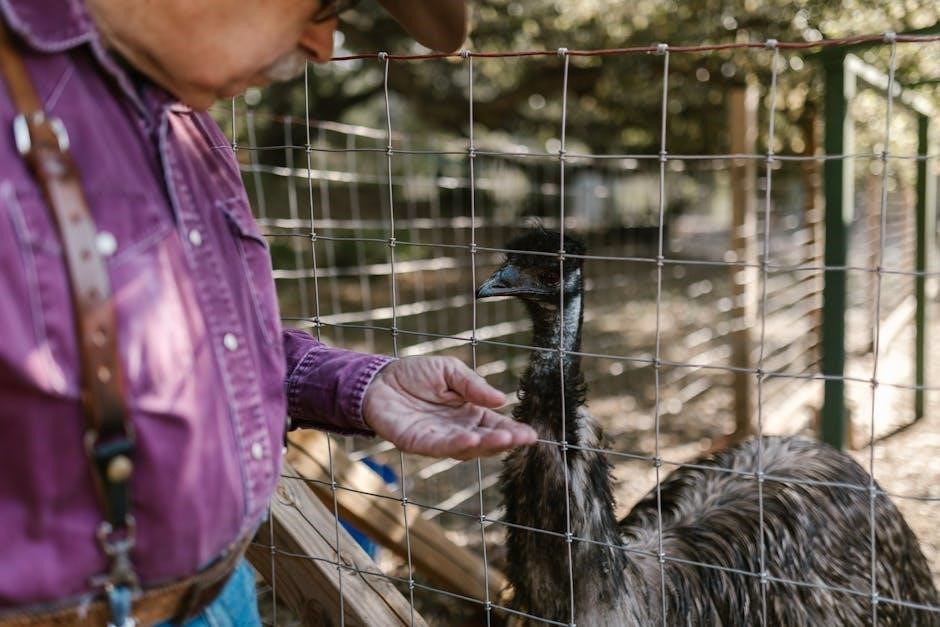
Bird Habitats and Ecosystems
Texas’s diverse ecosystems, from forests to urban areas, provide essential habitats for a wide variety of bird species, each adapted to their unique environments and needs.
5.1 Forests and Woodlands
Forests and woodlands in Texas provide vital habitats for numerous bird species. These areas support a mix of resident and migratory birds, including the American Robin and the Red-shouldered Hawk. Woodlands offer dense cover for nesting and protection from predators, while forest edges attract species like the Northern Cardinal and the Blue Jay. Migratory birds, such as warblers and tanagers, rely on these habitats for resting and feeding during their journeys. The diversity of tree species and forest structures ensures a rich avian ecosystem in Texas.
5.2 Grasslands and Prairies
Texas grasslands and prairies are vital habitats for bird species adapted to open spaces. These areas are home to birds like meadowlarks, quails, and grasshopper sparrows, which thrive in grassy environments. Grasslands provide essential nesting and feeding grounds, while prairies support migratory birds such as sandpipers and plovers during their journeys. The open landscapes allow birds to forage for insects and seeds, making these habitats crucial for avian diversity. Conservation efforts are essential to protect these fragile ecosystems and their bird populations.
5.3 Wetlands and Coastal Areas
Texas wetlands and coastal regions are critical habitats for numerous bird species, including herons, egrets, and shorebirds. These areas provide vital stopover points for migratory birds, offering food and shelter. Wetlands support waterfowl like ducks and geese, while coastal zones attract sandpipers and plovers. Places like Smith Oaks Bird Sanctuary and coastal marshes are renowned for their rich avian diversity. These ecosystems are essential for maintaining healthy bird populations and ensuring the survival of migratory species. Protecting these habitats is crucial for preserving Texas’s birdlife.
5.4 Urban and Suburban Environments
Texas urban and suburban environments host a variety of bird species, such as sparrows, doves, and woodpeckers. These areas provide essential habitats, with parks, gardens, and backyard feeders supporting avian life. Urban birds adapt well to human-modified landscapes, making cities and suburbs key areas for birdwatching. Field guides are invaluable for identifying species in these environments, enhancing the birding experience in Texas’s urban settings.
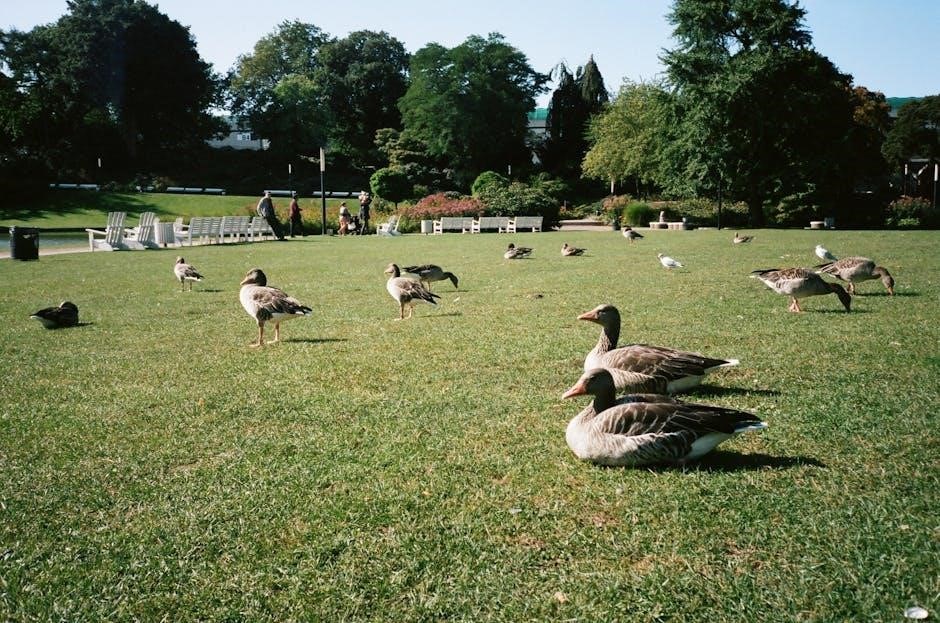
Bird-Watching Locations in Texas
Texas offers numerous bird-watching locations, including Smith Oaks Bird Sanctuary, Bentsen-Rio Grande Valley, and High Island, known for diverse species and migration hotspots.
6.1 National Parks and Wildlife Refuges
Texas boasts an array of national parks and wildlife refuges that are critical for bird conservation and observation. Places like Bentsen-Rio Grande Valley and High Island are renowned for their diverse bird species. Smith Oaks Bird Sanctuary, spanning 177 acres, features wetlands, forests, and ponds, attracting herons, egrets, and migratory birds. These protected areas provide essential habitats and serve as key stopovers for migratory birds. They also offer trails, observation decks, and educational programs, making them ideal for both experienced birders and newcomers to the hobby.
6.2 Popular Birding Hotspots
Texas is home to numerous birding hotspots that attract enthusiasts worldwide. High Island, known for its spring migrations, offers sightings of warblers and tanagers. The Rio Grande Valley, particularly Bentsen-Rio Grande Valley State Park, is a hotspot for tropical species like the Altamira oriole. Locations like Smith Oaks Bird Sanctuary and the Balcones Canyonlands National Wildlife Refuge provide habitats for herons, egrets, and raptors. These areas are equipped with trails, observation decks, and educational resources, making them ideal for birders of all skill levels. Bring binoculars and field guides to maximize your birding experience!
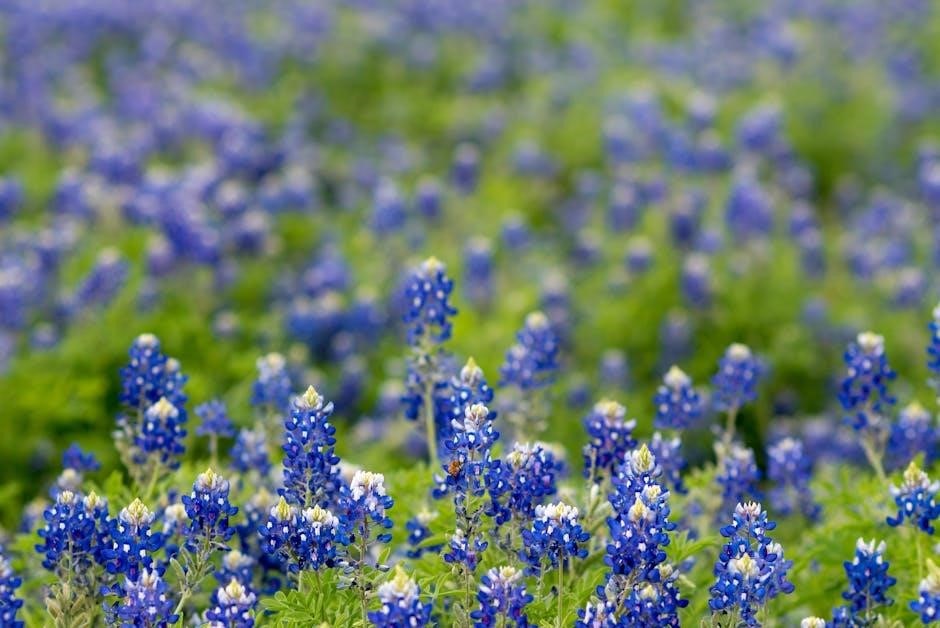
Birding Resources and Tools
Essential tools include field guides like Stan Tekiela’s Texas Birds and apps such as Merlin Bird ID, which simplify identification and enhance the birding experience.
7.1 Field Guides for Texas Birds
Field guides are indispensable for identifying Texas birds, offering detailed descriptions, images, and tips on behavior and habitats. Popular guides like Stan Tekiela’s Texas Birds organize species by color, making identification easier. They often feature over 170 species, allowing users to quickly locate birds by their plumage. These guides also highlight rare and migratory species, providing insights into seasonal variations. Whether you’re a novice or an experienced birder, a field guide enhances your ability to recognize and appreciate the diverse birdlife in Texas.
7.2 Birding Apps and Online Platforms
Birding apps and online platforms revolutionize bird-watching in Texas, offering instant access to species identification, bird calls, and real-time sighting data. Apps like Merlin Bird ID and iBird Pro use AI to identify birds from photos or descriptions. Platforms like eBird provide interactive maps and recent sightings, helping birders locate rare species. These tools also offer bird call libraries, enabling learners to recognize species by sound. Whether you’re in the field or planning a trip, these resources enhance your birding experience with cutting-edge technology and community insights.

Conservation Efforts in Texas
Texas leads in bird conservation through habitat restoration and protected areas, supported by organizations like Audubon and local initiatives, ensuring safe habitats for migratory and native species.
8.1 Threats to Bird Populations
Texas bird populations face numerous threats, including habitat loss, climate change, and window collisions. Urbanization and invasive species further exacerbate these challenges, endangering both migratory and resident birds. Conservation efforts are critical to mitigate these threats and protect avian diversity in the state.
8.2 How to Support Bird Conservation
Conservation efforts are vital to protect Texas birds from habitat loss and climate change. Planting native vegetation provides essential habitats, while reducing window collisions with decals can save countless lives. Supporting bird-friendly policies and participating in citizen science projects also make a significant impact. Educating others and advocating for avian protection are key to ensuring the survival of Texas’s diverse bird species for future generations.